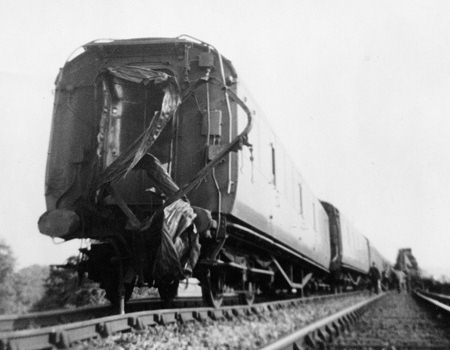
1949
MERSTHAM QUARRY TUNNEL
27th JUNE 1949
INVOLVING MOTORMEN
H.H. HOWELL, G.N. CUMMINGS & C.J. HAY.
DEPOTS UNKNOWN
extracted and adapted from the report by
C. A. LANGLEY, Brigadier

PHOTOGRAPHER UNKNOWN

C. A. LANGLEY, Brigadier

Make a free website with Yola